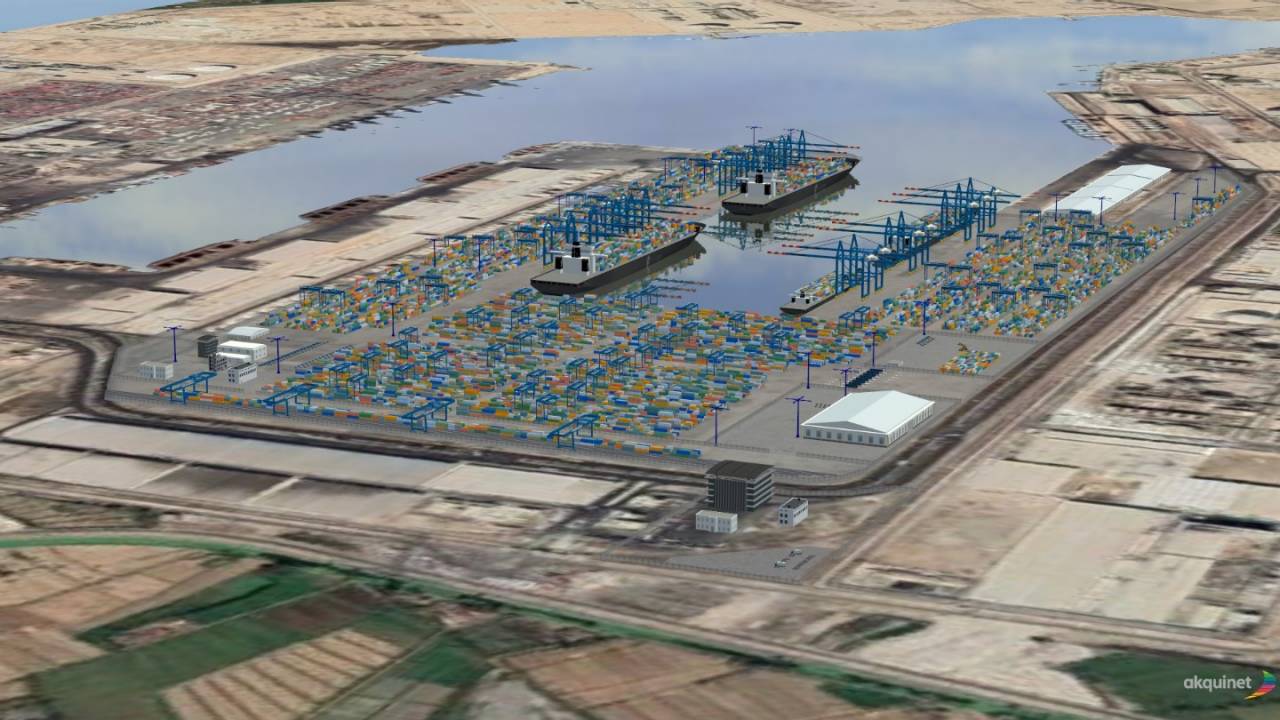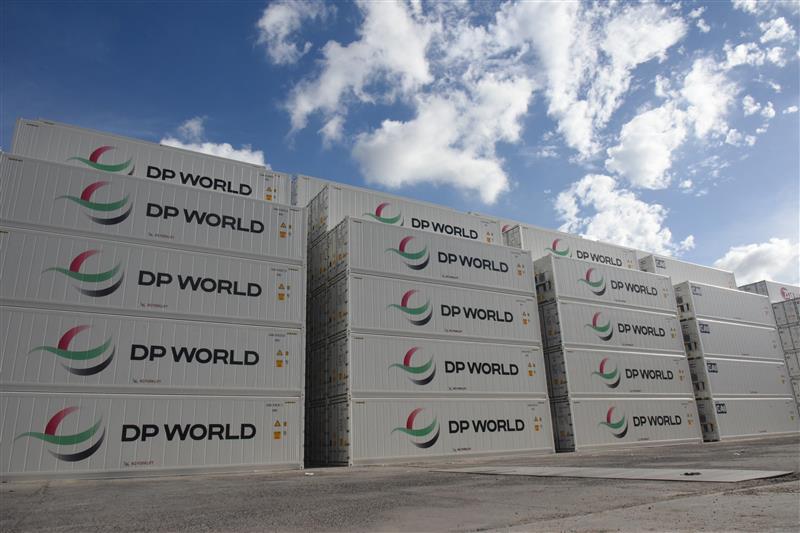Tanzania launches East Africa Commercial and Logistics Centre
Tanzania has officially completed the construction of the East Africa Commercial and Logistics Centre (EACLC) in Ubungo, Dar es Salaam a major infrastructure development aimed at strengthening regional trade across East and Southern Africa.
The $110 million facility spans over 75,000 square metres and includes more than 2,000 commercial units alongside substantial warehousing and logistics capacity. Its strategic location near the Dar es Salaam Port is designed to enhance the movement of goods to and from land-linked countries such as Uganda, Rwanda, Burundi, Zambia, Malawi, Zimbabwe, and the Democratic Republic of Congo.
Developed under the oversight of the newly established Tanzania Investment and Special Economic Zones Authority (TISEZA), the EACLC is expected to significantly ease cargo handling, cut trade costs, and reduce delays. Speaking at the launch on August 1, 2025, TISEZA Director General Gilead Teri highlighted the centre’s potential to generate over 15,000 direct jobs and around 50,000 indirect jobs, particularly benefiting youth and women. Since construction began in 2023, the project has already supported more than 2,000 temporary jobs.
Investment and Special Economic Zones Act
The EACLC is one of the first initiatives to be implemented under Tanzania’s Investment and Special Economic Zones Act No. 6, passed earlier this year. It reflects a broader national strategy to enhance investment infrastructure and bolster Tanzania’s role in regional supply chains. For countries lacking direct seaport access, the centre offers a vital link to international markets, improving efficiency and predictability in handling time-sensitive goods and industrial inputs.
By addressing some of the logistical bottlenecks that have long hindered trade in the region, the centre is expected to contribute meaningfully to the implementation of the African Continental Free Trade Area (AfCFTA). Nonetheless, the long-term success of the EACLC will depend on key operational factors such as governance, infrastructure maintenance, border coordination, customs integration, and pricing transparency.
At present, no public data has been released regarding the environmental performance of the facility, including its energy usage or emissions management strategies. With growing emphasis on sustainability in trade infrastructure, future phases of the project may need to incorporate green design elements and low-carbon transport options to remain aligned with global best practices.
Overall, the EACLC represents a significant step in regional trade facilitation. Its effectiveness in the coming 12 to 24 months will serve as a crucial indicator of how well such infrastructure investments can support economic integration, improve trade logistics, and influence industrial development across East and Southern Africa.
Source : LOGISTICS BUSINESS AFRICA






